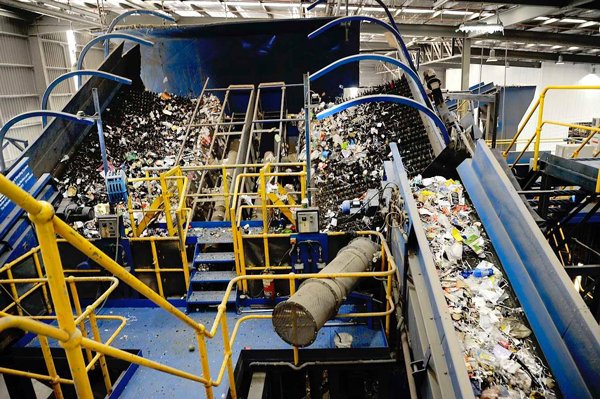
Global paper and packaging companies are looking to take away market share from plastic packaging with investments in either virgin fiber paperboard or recycled paperboard to replace the use of plastic packaging. When you are serious, investments of this type need to be serious although you are appealing to the ESG mandates of brands who need to clean up their packaging act.
As we wrote a few days ago, the Sweden-based BillerudKorsnas announced on 20 December 2021 that it is acquiring North America-based Verso for US$ 825 million to ‘ignite’ its growth in that continent. The acquisition is to create “one of the largest providers of virgin fiber paper packaging board with a cost and quality advantage.” Similarly, Atlanta US-based Graphic Packaging Holding is investing US$ 600 million in a recycled board project in Kalamazoo, Michigan to produce more environmentally friendly paperboard that brand owners can use to pack their products in the hope of pleasing their investors and consumers with a greener supply chain.
The fact is that the new paperboard manufacturing projects are expensive and they not only to produce packaging paper that can replace various plastic packaging components that tend to be cheaper but also to produce these higher utility products with a lower carbon footprint – that is, with lower supply chain costs and more efficient use of energy and water.
Graphic Packaging is a spin-off from Coors Brewing that was started to make moisture-resistant boxes for shipping beer in refrigerated trucks. Since the early 1990s when it became an independent company, it has become a large company in the Southern US pine belt where its mills make paperboard from sawmill scraps and forestry products unfit for lumber. An active research and development company, it currently has 2,400 patents and another 500 patent applications that are pending. In recent months it has been rationalizing its paper mills by consolidating its plants to reduce the overall carbon footprint. And just as BillerudKorsnas has invested in Verso in North America, Graphic in November 2021 purchased Sweden-based AR Packaging in Europe for US$ 1.45 billion in cash.
Europe is still seen as the market that sets the trends in sustainable packaging and ESG investment. This is also Graphic has tried out its KeelClip, a paperboard substitute for plastic six-pack rings for carrying beverage cans. Although the KeelClip is easy to recycle, the emissions generated by its manufacture and logistics are higher at 19.32 grams of CO2 in comparison to the plastic 6-pack ring at 18.95 grams of CO2. Thus Graphic is now developing its DiamondClip (also knowns as the EnviroClip) that could be just as strong but would produce half the carbon footprint of the plastic 6-pack rings.
Graphic has attracted investment by issuing US$ 100 million in green bonds that were oversubscribed 20 times and smaller stakes by other ESG investment firms. The problem with plastic is that only 14% of plastic packaging is collected and only one-third of plastic waste is collected. According to the WEF, Ellen MacArthur Foundation, and McKinsey research published in 2019, only 12% of plastic is recycled, 28% is incinerated and 60% remains in the environment with an unfortunately large amount winding up in landfills and the rivers and seas.
The problem with paperboard packaging is that it is already more expensive than plastic and in many cases, plastic laminates are more versatile with better moisture and oxygen barrier properties. With the use of water-based coatings and other improvements to replace plastic, paperboard becomes even more expensive. This is one reason that large plants with sustainable raw materials, energy, and logistic efficiencies are needed and require substantial technology and investment. But the big bets by companies such as BillerudKorsnas and Graphic Packaging indicate that the brand owners and consumers will pay a slightly higher price for paper-based packaging to decrease the use of plastic.










